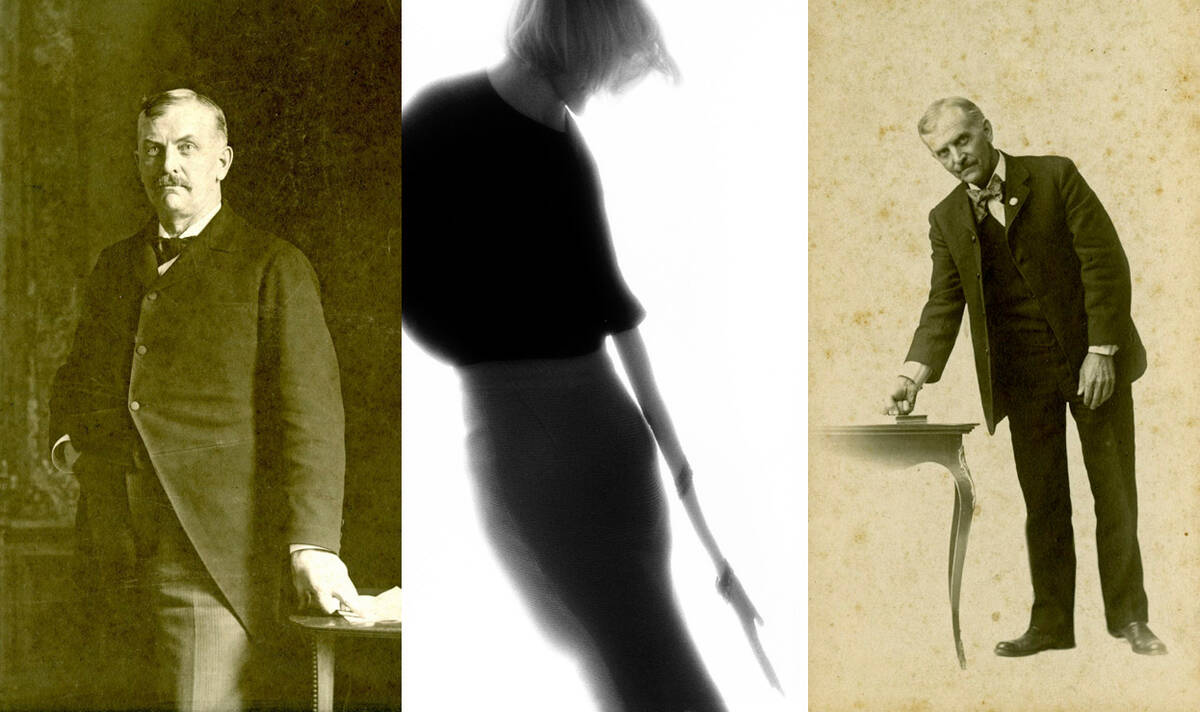Samuel “Golden Rule” Jones is ranked the fifth best mayor in the history of the United States.
If Samuel “Golden Rule” Jones (mayor of Toledo 1897-1904) was mayor today….
He would answer my emails!
But that’s not all….
For good use of the pandemic federal “rescue grant,” he would help Toledoans with their gas and electric utility bills, since the pandemic made the costs go up so high. He would already have given us municipally-owned broadband.
He would make parks safe for children again — the same parks (and more) that he started in his first mayoral tenure.
He would do all he could to stop the spiraling high murder rate that is killing our children.
He would pronounce “Home Rule!” to Lucas County Commissioners to stop their quest on taxing 117,000 city homeowners for ditch clean up that the people of Toledo already take care of quite well without the county’s interference…
He would eschew cronyism and make sure that all construction maintenance jobs for the city are triple-bid, not issued with the routine “emergency” status that most jobs are labeled today. Sam “Golden Rule” Jones would support free enterprise and competition between contractors, without the public’s top dollar doled out to government “friends.”
If Samuel “Golden Rule” Jones were mayor today, he would govern with a conscience.
In the old days, he kept saloons open on Sundays despite pressure from the churches because he felt the working class needed a place to relax on their day off, just as the upper-class enjoyed their smoking rooms.
That didn’t make him popular with the clergy, in spite of his great moral municipal experiment.


Back then, Samuel “Golden Rule” Jones occasionally sat in for judges to hear cases. He’d find any excuse to keep people out of jail, because jails were dangerous. He put an end to the incarceration of the homeless.

“Golden Rule” Jones was a wealthy industrialist. He gave his mayoral salary away personally each and every month to people in need.
He wasn’t popular in politics, in fact, he was a man without a party. The politicians tried their best to get rid of him, but the public loved him. When he died his untimely death, the entire city came out to mourn his loss.
“Golden Rule” Jones’ house was situated on the very site of the Peristyle Theater at the Toledo Museum of Art, the concert hall that was built in 1933. The Toledo Museum of Art shares Sam Jones’ illuminating spirit — the old museum director, George Stevens, in his own way, was quite a bit like Jones, and his spirit carries on at the art museum. To give one small example, the museum opened its doors on a traditionally closed Monday on January 17, 2022 to honor Dr. Martin Luther King, Jr.. It was a warm embrace in a cold city.
In the interest of history and synchronicity, 110 years ago on that day, on January 17, 1912, the newly built Toledo Museum of Art on Monroe Street was opened to the public. After Edward Drummond Libbey opened the doors, Jones’s successor, Mayor Brand Whitlock, presented the museum with the key to the city.

If Samuel “Golden Rule” Jones was mayor today, and if I sent him an email, he’d have the courage to answer it. The root word of courage is Love. What a strange concept for the government, courage is love.
But it worked before – it could work again. After all, there is a good reason why our beloved Sam Jones has gone down in history as the fifth best mayor of all time.*

*The American Mayor: The Best and the Worst Big-City Leaders, a scientifically compiled survey of mayors by a panel experts, published in 1999.

